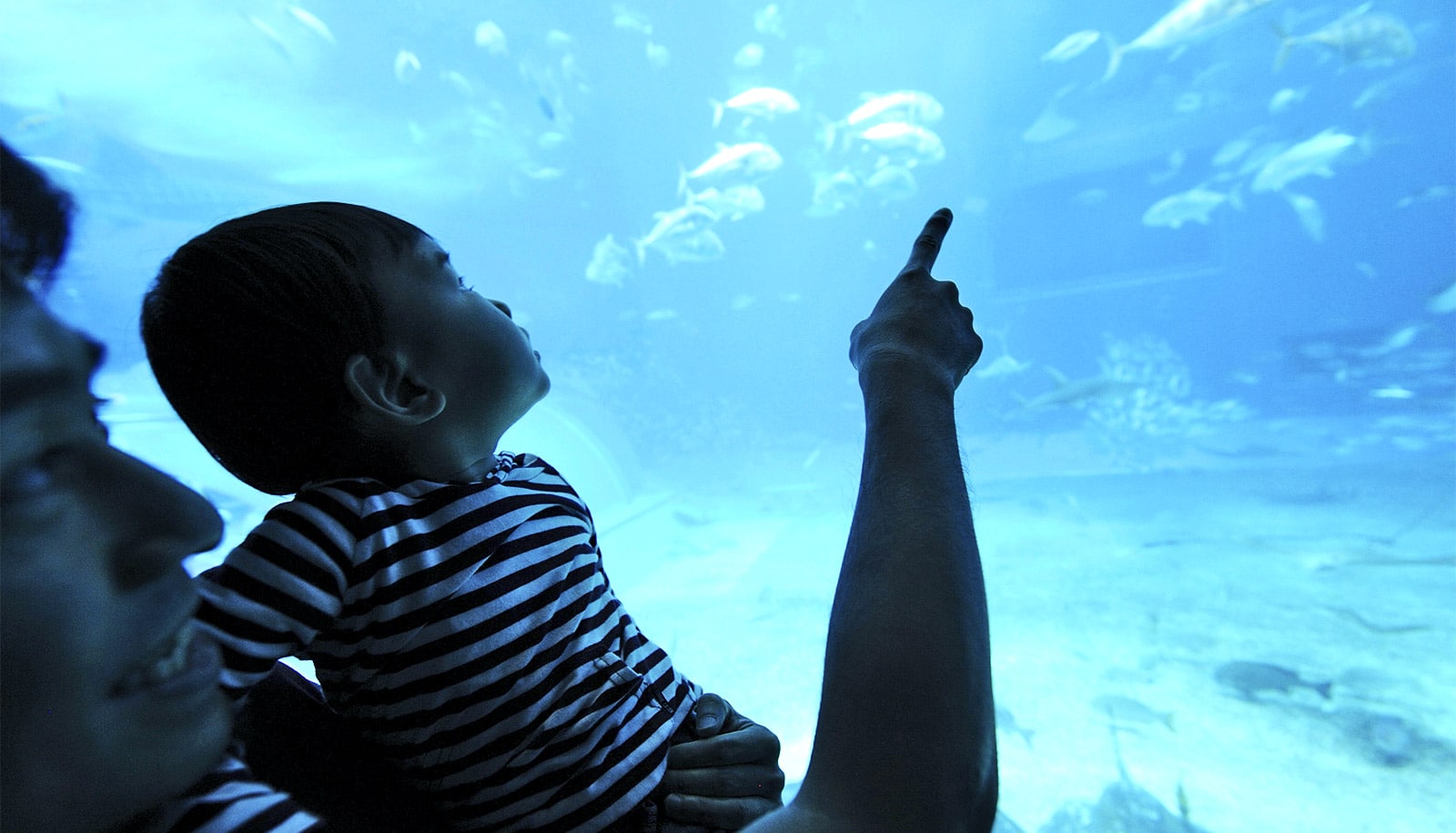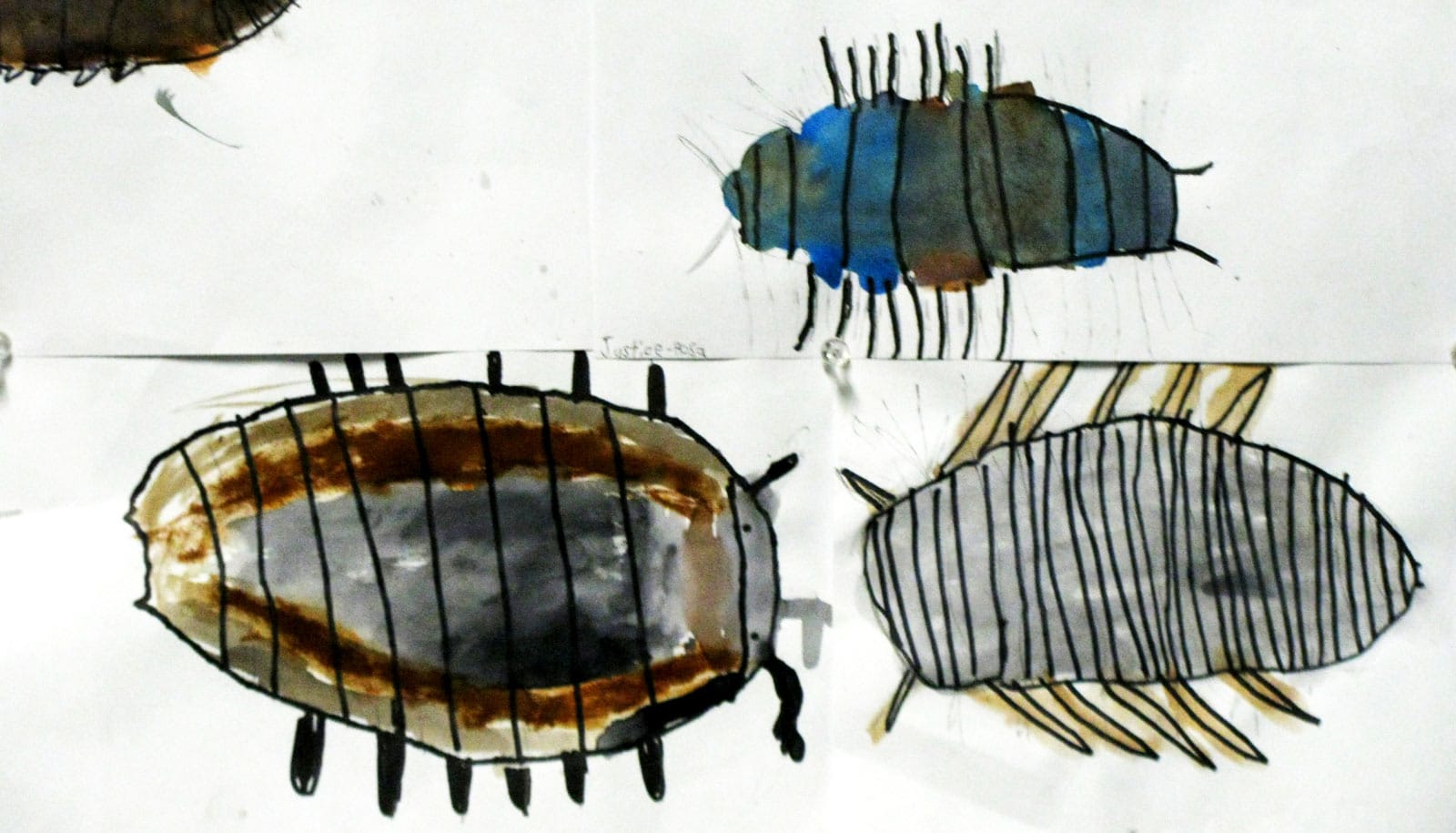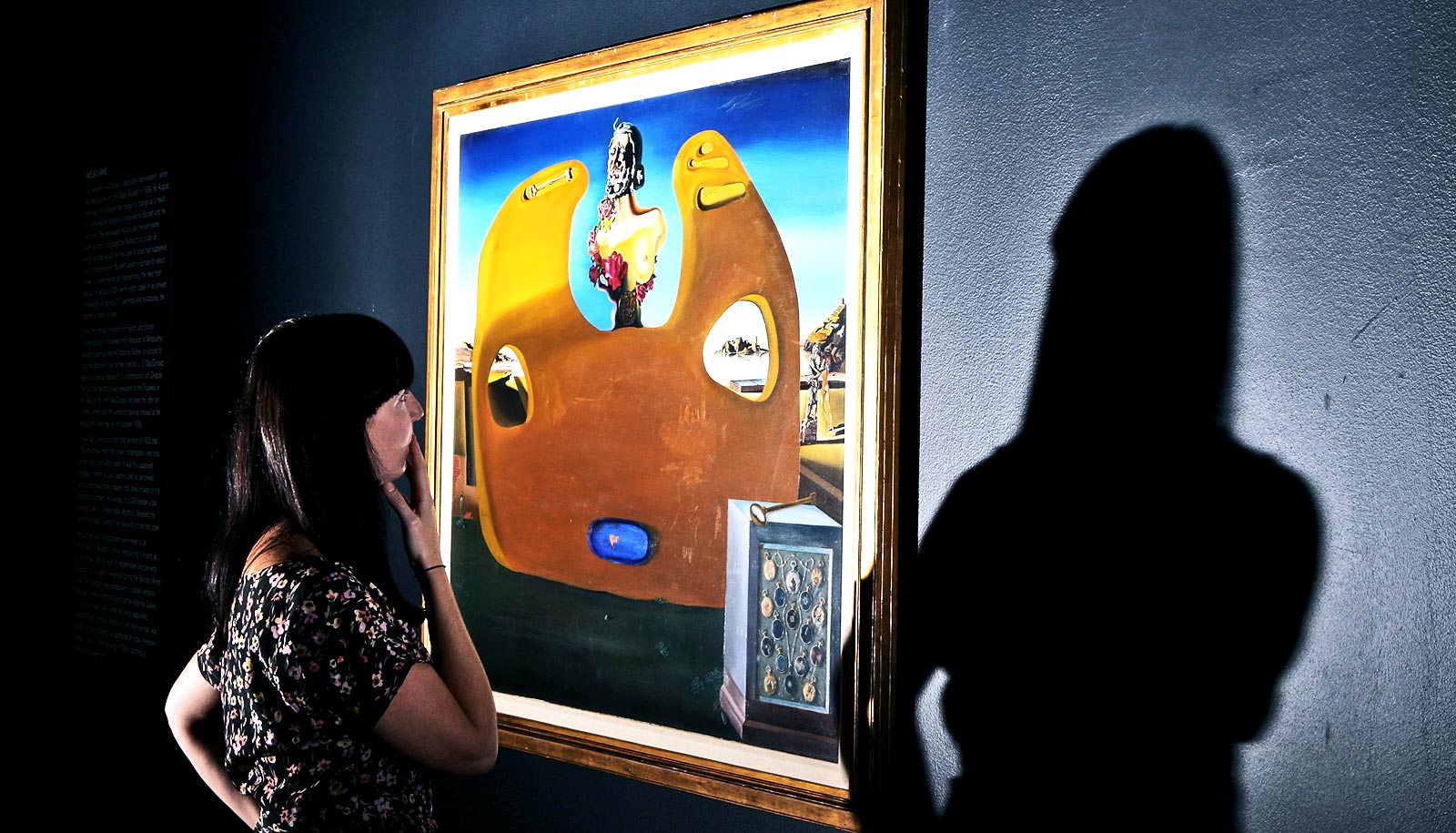Feeling awe leads to greater awareness of the things we don’t know, which in turn makes us more likely to seek out a framework to fill those gaps, according to a new study.
“The joy of science lies in pondering the magnificent and seeking answers to the unknown,” writes Jonathon McPhetres, a PhD candidate in psychology at the University of Rochester, and the author of a study in the journal Cognition & Emotion.
McPhetres’s research has important implications for educators. “It might be as simple as showing students really awesome videos of the things they are about to learn in physics and calculus.”
That ‘wow’ feeling
In layperson’s terms, awe can be understood as an emotion similar to surprise or curiosity, usually associated with the grandiose or the magnificent. For McPhetres—borrowing from previous research in the field—awe is comprised of two central characteristics: the perception of vastness and the need for accommodation.
That is to say, when we encounter information that does not fit into our existing framework of expectations, we must change our existing schemas in order to accommodate this new information.
To test the hypothesis that awe serves as an antecedent to interest in science, McPhetres conducted four studies that manipulated the experience of a person’s sense of awe through online and virtual reality videos.
He discovered that once people were aware of a particular gap in their knowledge, that awareness led them to a greater interest in science. How did he measure that? First, McPhetres subjected study participants to an awe-inducing video. Then he offered them free tickets to either a science or an art museum. Participants were much more likely to choose the science museum (68 percent) than the art museum (32 percent).
“Clearly awe makes us realize what we don’t know about the natural world. We come to know how much we do not know, which is a privilege because most people don’t know what they don’t know,” says McPhetres, referring to what psychologists call the Dunning-Kruger effect. This kind of experience makes people ask questions about nature and, his research suggests, seek answers to those questions in a methodological and systematic way.
“To me this says that humans are curious, wondrous, growth-oriented creatures who are interested in learning about our place in the universe,” says McPhetres. “We love to see new things, to experience the unknown, and to learn about our world. We all have this experience in common.”
What do I know?
McPhetres is not the first to discover that awe, like other positive emotions, can broaden one’s thoughts, actions, and awareness, and lead a person to explore new skills and resources. But he was the first to test the relationship between awe and knowledge empirically.
McPhetres conducted four studies, which he labeled 1a, 1b, 1c, and 2. Studies 1a, b, and c all followed the same procedure. While 1a and 1c were online, 1b happened in the lab. The first study (1a) included 366 participants, recruited through the crowdsourcing marketplace Amazon Mechanical Turk. The second study (1b) had 90 participants, all of them undergraduates with an average age of 20, who were compensated either with museum tickets or extra course credit. The third study (1c) recruited 850 participants through the online survey platform Prolific with an average age of 34.
In all three experiments, researchers randomly assigned participants to either the “awe condition group” or the control group. In the awe group, participants watched a video from BBC’s Planet Earth designed to elicit awe in the test subjects. Meanwhile, the control group watched a humorous video from BBC’s Walk on the Wild Side.
Afterwards participants responded to nine items measuring general mood, with one measure for awe mingled in. Then participants answered a seven-item self-assessment about awareness of gaps in their knowledge, in which they responded to prompts such as: “I ask myself if I really understand how the natural world works,” or “This activity makes me realize how much I don’t know about nature.” Study participants also reported levels of religiosity and spirituality.
Additionally, in study 1b the undergraduate students indicated afterwards if they preferred to receive a ticket to a local science museum or a local art museum (both of which are equidistant from the university campus and cost approximately the same.)
The mediation model shows the indirect effects across all four studies. In all studies, exposure to feeling awe lead to an increase in a person’s awareness of knowledge gaps, which in turn was associated with an increased level of science interest (and in study 1b led to an increased likelihood of choosing tickets to a local science museum versus a local art museum).
Knowledge gaps
McPhetres discovered that the feeling of awe was greater in the group that had watched the awe-inducing video than in the control group. That same group also consistently reported greater interest in science and greater awareness of gaps in their knowledge.
The last study (study 2) sought to replicate the awe effect with a different procedure—one that tested whether providing additional information could “sate” a person’s awareness of knowledge gaps and resulting interest in science.
To that end, researchers randomly assigned 209 undergraduate students to four groups: “awe,” “control group,” “awe plus relevant information,” and “awe plus irrelevant information about the awe-inducing stimuli.”
This time McPhetres employed virtual reality videos because past research has shown that these videos are strong and reliable inducers of awe. McPhetres wanted to test whether providing information that was relevant to the awe-inducing video would reduce a person’s science interest to the level of the (non-awe-inducing video) control group.
For the awe condition, participants watched a 3D, 360-degree virtual reality video of the aurora borealis on a virtual reality headset with headphones. Meanwhile, the control group watched the same video as in study 1 (BBC’s Walk on the Wild Side) using the virtual reality headset, except that the video was displayed in 2D format. The two awe groups who received additional information either watched another video explaining the aurora borealis (for the awe plus relevant information group), or a video on how to tie different knots (for the awe plus irrelevant information group).
McPhetres found that feelings of awe and pride were significantly higher in the awe-experiencing group. Overall, those in the awe plus irrelevant information group experienced fewer positive emotions compared to the other three groups.
“These studies provide the first evidence that the experience of awe consistently and uniquely leads to greater awareness of gaps in one’s knowledge about the natural world,” he says.
Inspiration and learning
Inspiring interest in science is critical to learning about our world and improving our lives. “Without science we wouldn’t have light bulbs, air planes, vaccines, anesthesia. Without science we would die at age 20 from tooth infections and we’d still believe in bloodletting,” says McPhetres.
His research has important implications for educators. Simply put, if we frame science in inspiring and interesting ways, then science will be inspiring and interesting.
“It might be as simple as showing students really awesome videos of the things they are about to learn in physics and calculus. It might be as complicated as giving students an experience which really challenges their level of knowledge about chemistry before you dive into counting electrons.”
One thing is clear, says McPhetres: “Show people nature in all of its beauty and magnificence and they will see it as magnificent and mysterious. Show students some real and applicable uses for the theoretical minutiae they are about to cram into their brains and they’ll see value in learning it. And if this results in more interest in science then that’s a win in my book.”
Source: University of Rochester



